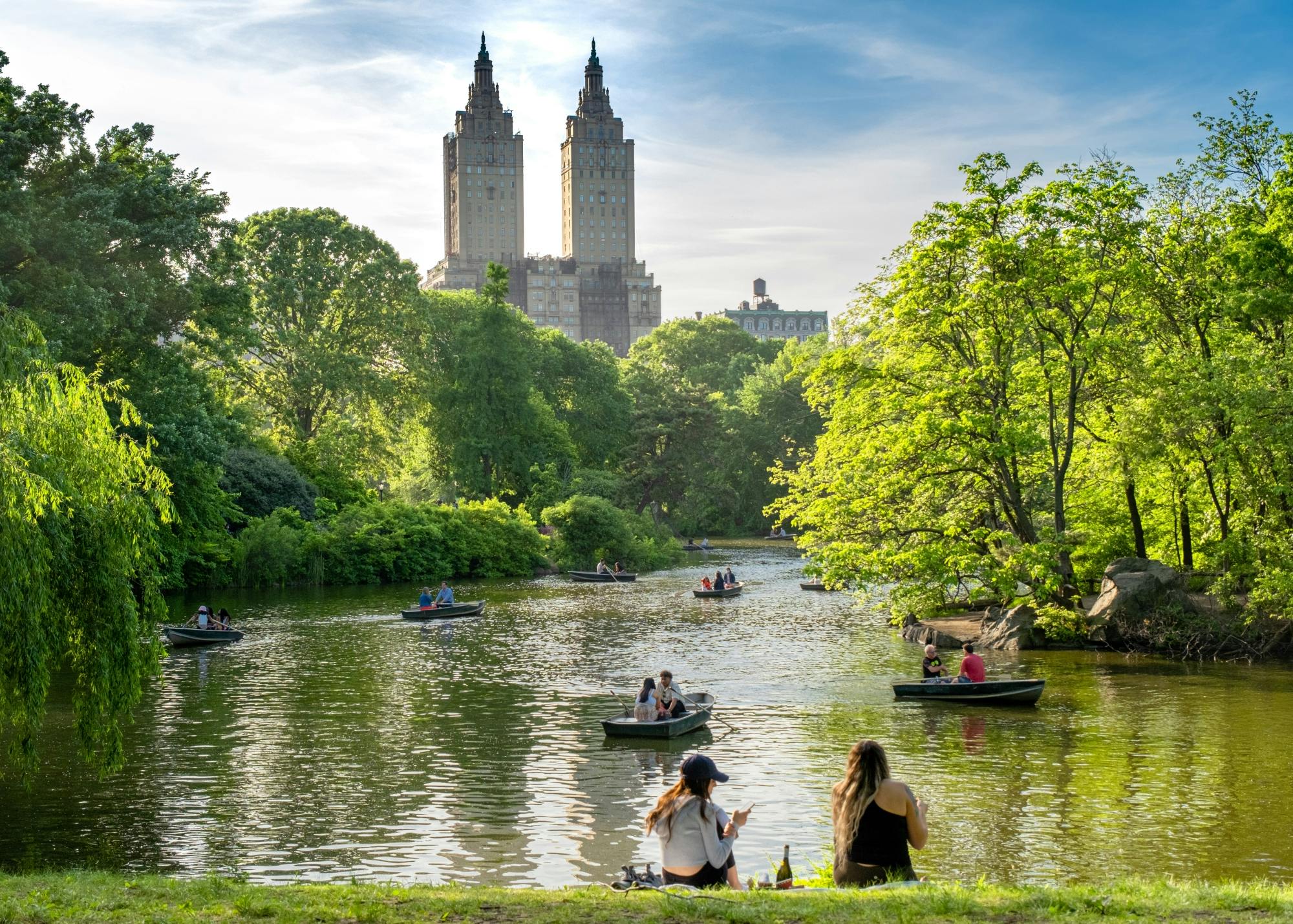-
-
USD - United States (US) dollar
- EUR - Euro
- GBP - Pound sterling
- CAD - Canadian dollar
- AUD - Australian dollar
- SGD - Singapore dollar
- AED - United Arab Emirates dirham
- BRL - Brazilian real
- ARS - Argentine peso
- MXN - Mexican peso
- COP - Colombian peso
- SAR - Saudi riyal
- OMR - Omani rial
- KWD - Kuwaiti dinar
- JOD - Jordanian dinar
- EGP - Egyptian pound
- INR - Indian rupee
- RUB - Russian ruble
- DKK - Danish krone
- NZD - New Zealand dollar
- HKD - Hong Kong dollar
- CLP - Chilean peso
- QAR - Qatari riyal
- BHD - Bahraini dinar
- ILS - Israeli new shekel
- MYR - Malaysian ringgit
- UAH - Ukrainian hryvnia
- KZT - Kazakhstani tenge
- RON - Romanian leu
- SEK - Swedish krona
-
USD - United States (US) dollar
- Cart
- FAQ
- Login

Nat Geo Day Tour: The Untold Story of Central Park
Validity:
Flexible
Do this because
- Discover the history of Central Park with a National Geographic-trained guide specializing in African American history, on a walking tour focusing on the Seneca Village area
- Learn about the people that lived within one of New York's biggest communities of African Americans
- Examine the creation of Central Park from the concept and design to the implementation
- See the site of the archaeological digs in Central Park, uncovering this little-known history
What to expect
Central Park is one of NYC's best loved places to visit. A huge swathe of green covering more than 340 hectares, it's known as the lungs of New York. But before the construction of Central Park in 1858, a seven-block section along the western fringe of the park was home to Seneca Village, an African American enclave which provided its residents an escape from unhealthy conditions and pervasive racism experienced in Lower Manhattan, as well as an opportunity to become property owners and build a new community.
Newspaper reports that favored the creation of the park referred to Seneca Village as a place of shanties and shacks, but archaeological evidence and documentation from the time shows it was an educated, middle-class community. While the majority of the residents were African American, the village also had a substantial population of Irish and German immigrants. This mix of residents made it a unique example of an integrated community, especially for its time, and the Village boasted churches and a school.
When the City acquired the land for Central Park through the process of ‘eminent domain,’ the residents of Seneca Village were displaced and forgotten. In the 1990s, historians rediscovered the Village, leading to an ongoing project to uncover the history of this extraordinary place.
Visit the former site of Seneca Village with your National Geographic-trained guide who will share the stories of the people who once created a community here and see the site of the archaeological digs in Central Park, uncovering this little-known history.
Read more
from:
$ 79




